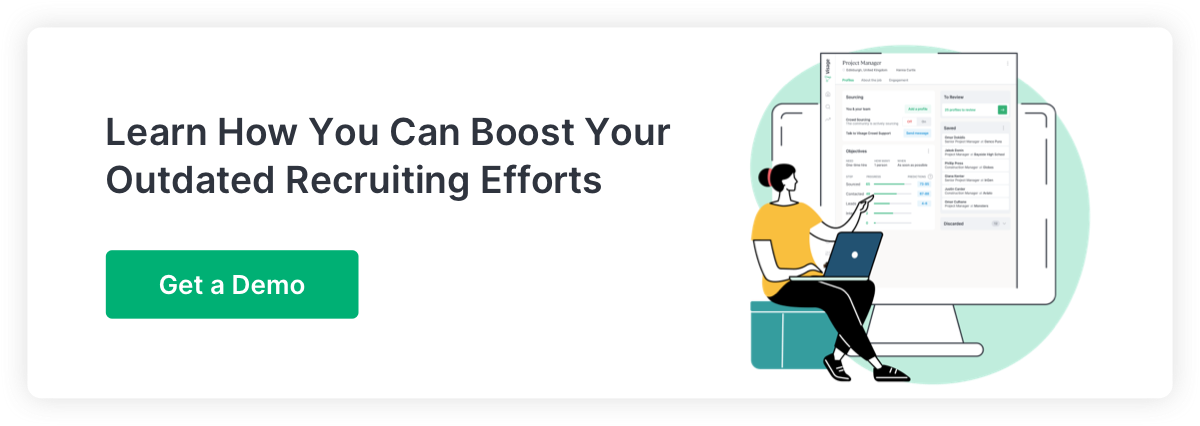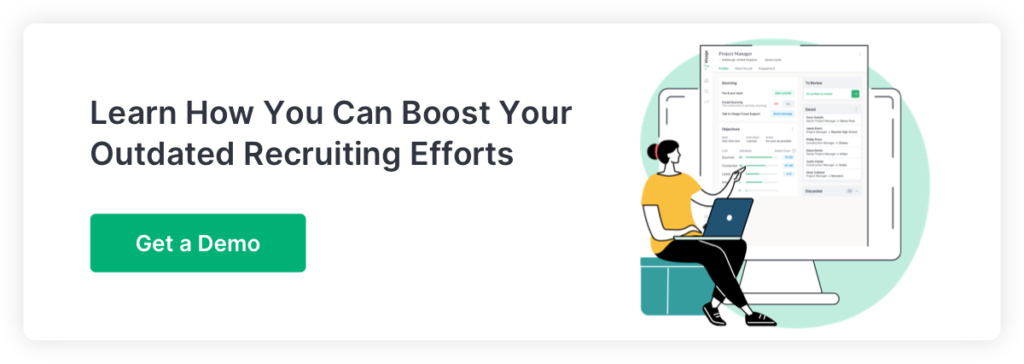When you tell someone you work in recruiting, one of three things happens next: they ask for a job, ask for resume help, or show you a bad recruiting email. The third one is my least favorite. It’s embarrassing.
“I just hate recruiters,” they say as if we’re the special one and it couldn’t possibly be offensive. What’s worse? Most of us go, “Yeah, we know.” Because we do know. We’ve seen the chatter on Facebook groups and Twitter. The screenshots are all the same.
“We’re urgently seeking a…”
“Our top-rated client…”
“I’m highly interested in your background…”
I’m so curious about where recruiters got this template. They surely didn’t read it and think, “wow, this is amazing!” Did they pay $99 for a package of sales emails and want to pretend it worked for the cost? I don’t see why you’d take these if you can steal any template in the world.
But they do every single day, and it’s starting to turn an instrumental strategy into a struggle for recruiting. Every bad email sent has a domino effect on email conversion rates. You only open so many “now hiring” subject lines before you realize they’re sending scams that aren’t tailored to you at all. In the ’90s, these mass email sends had 70-80% open rates. Now? Barely 1% on a good day.
Over time, candidates get wary of the broken record that is recruiting email. They build up a tolerance. The addition of social media and a million other communication channels does very little to help. How will you stand out?
It May Be Business, But Make It Personal
To be a great recruiter, you have to write emails that convey the right information while keeping the person’s attention. That changes based on format, and there are two email formats you need to master: hyper-personalization and automation.
Hyper-personalization is precisely that – hyper-personalized. One email sent to one person. It’s the old-school approach and, broadly, the most effective one. You’re killing it if you’re getting a 40% or higher open rate with a 10% response rate. This strategy should be for highly niche and unique situations.
The most straightforward way to make these more effective? Use great subject lines, then incorporate media to make your email visually appealing and exciting. I love seeing people using video and tools like Loom to stand out. It’s not always about what you say in a hyper-personalized email, but how you convey that it’s just for them. Be different.
In most scenarios, we need scale. Automation is an easy go-to. However, I don’t want to see anyone blasting terrible templates even more broadly. Writing effective automation is about consideration. Make sure to consider what all of the people you’re messaging have in common.
Automation does not mean all. You can still segment these into groups of commonalities. Then, take your personalization beyond the first name by using those commonalities in your content. Doing a great job segmenting your automated content will double or triple the response rate on an utterly untailored email.
Bonus tip: Always send two emails – one to gain interest in the call to action, one to confirm interest. My clients have shared that sending a second email the following day to say “I wanted to make sure you got my email” has increased response rates by up to 90%.
In a world where anyone can buy a tool, writing better emails is your competitive advantage as a recruiter. People want to connect with other people when they consider making a massive change in their life like finding a new job. This moment is no exception. Write something that considers the person on the other side, and your email will stand out.

